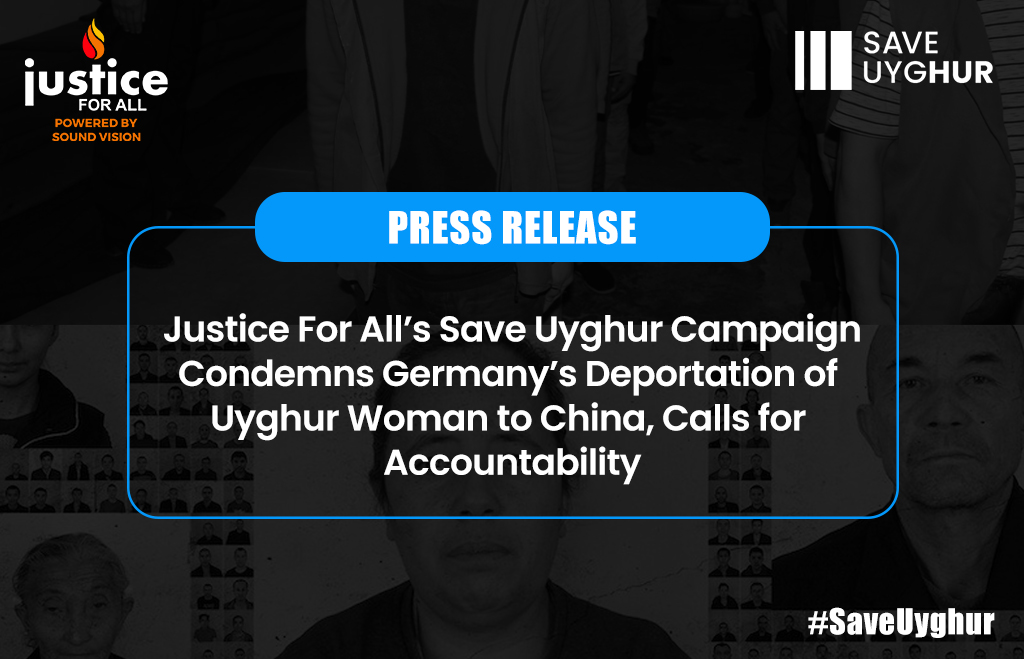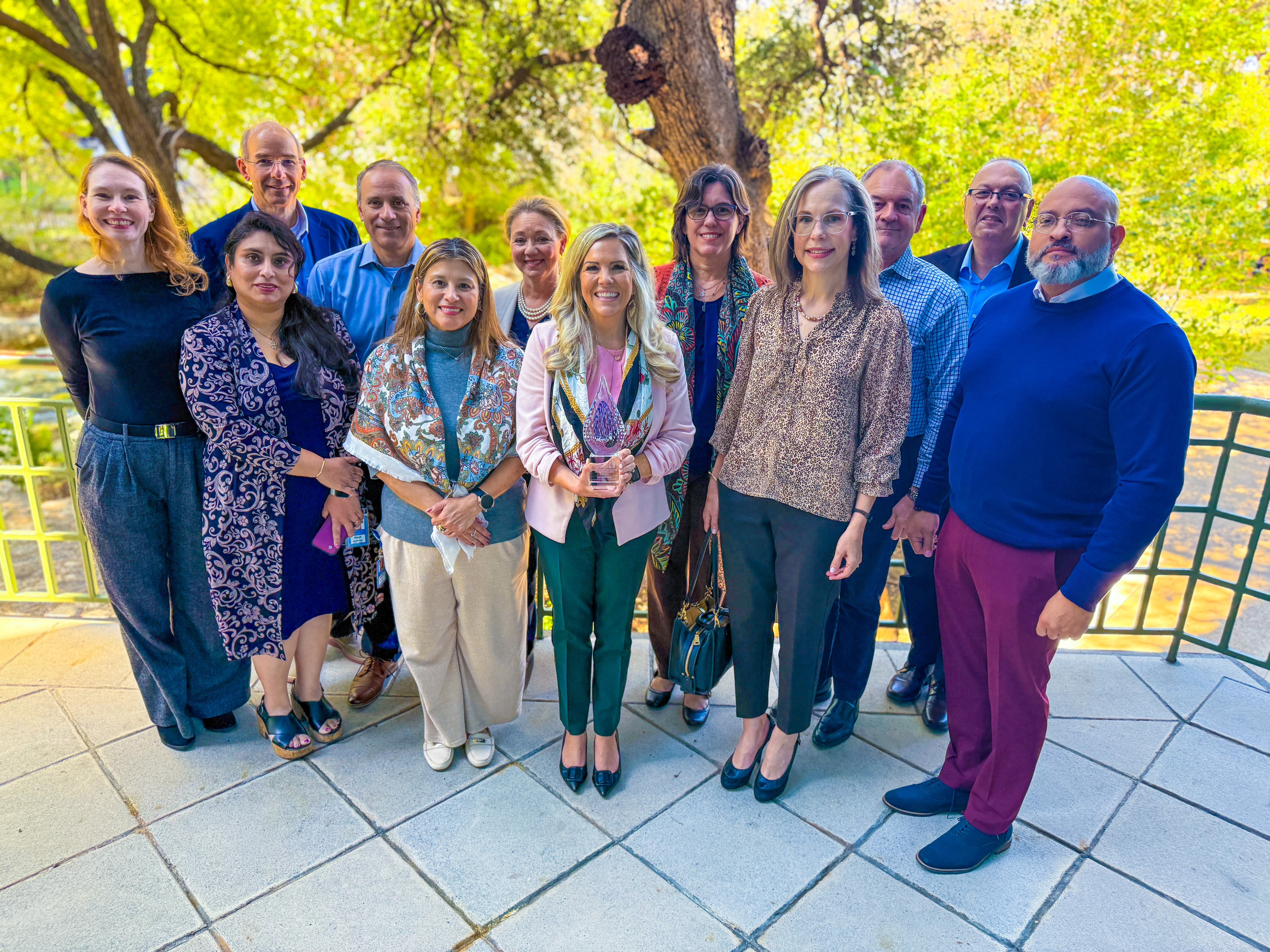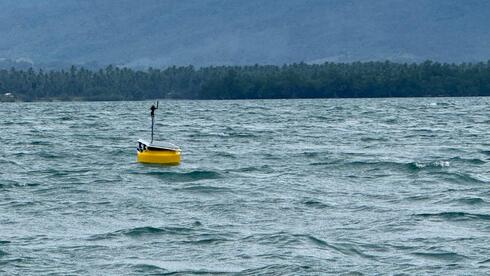Sustainable E-Commerce Packaging Market 2025 | U.S. Sales – GlobeNewswire

Global Sustainable E-Commerce Packaging Market: A Report on Growth, Trends, and Alignment with Sustainable Development Goals (SDGs)
Executive Summary and Market Projections
The global market for sustainable e-commerce packaging is demonstrating significant growth, reflecting a worldwide shift towards environmentally responsible practices. The market was valued at USD 38.72 billion in 2025 and is projected to more than double, reaching USD 81.55 billion by 2034. This expansion is fundamentally driven by increasing regulatory pressure, heightened consumer consciousness, and corporate strategies aligning with the United Nations Sustainable Development Goals (SDGs), particularly those concerning responsible production, climate action, and innovation.
Alignment with Sustainable Development Goals (SDGs)
The trajectory of the sustainable e-commerce packaging market is intrinsically linked to the achievement of several key SDGs. The industry’s evolution serves as a practical application of global sustainability targets in the commercial sector.
SDG 12: Responsible Consumption and Production
This goal is at the core of the market’s growth. The industry is actively working to decouple economic growth from environmental degradation through several key initiatives:
- Circular Economy Models: A fundamental shift away from the traditional linear “take-make-dispose” model towards circular systems that minimize waste and maximize resource utility. This includes designing packaging for reuse and recycling.
- Consumer Education: Rising consumer awareness regarding the environmental impact of packaging waste is a primary driver, compelling companies to adopt transparent and sustainable practices.
- Extended Producer Responsibility (EPR): Government regulations, such as EPR frameworks, make producers responsible for the entire lifecycle of their packaging. This incentivizes waste reduction and the adoption of recyclable or compostable materials, directly supporting SDG 12’s targets on waste management.
SDG 9: Industry, Innovation, and Infrastructure
Innovation is a cornerstone of the sustainable packaging market, fostering resilient infrastructure and promoting inclusive and sustainable industrialization.
- Material Innovation: Significant investment is being directed towards research and development of alternative materials that reduce reliance on petroleum-based plastics. Key innovations include:
- Mushroom Packaging: Derived from mycelium and agricultural waste, offering biodegradable and protective cushioning.
- Seaweed-Based Packaging: A rapidly emerging, compostable alternative suitable for food and cosmetic applications.
- Bioplastics: Materials like PLA and PHA, which are bio-based and often biodegradable.
- Green Supply Chains: Companies are investing in R&D to create sustainable supply chains, from raw material sourcing to final delivery, thereby building a more sustainable industrial infrastructure.
SDG 13, 14, and 15: Climate Action, Life Below Water, and Life on Land
The market’s focus on reducing plastic waste has direct positive impacts on climate and ecosystems.
- Climate Action (SDG 13): By moving away from fossil fuel-based plastics and reducing the energy required for production and transport (through lightweighting), the industry helps mitigate climate change.
- Life Below Water (SDG 14): Global efforts to ban single-use plastics, a key driver for this market, directly address the critical issue of plastic pollution in oceans and marine ecosystems.
- Life on Land (SDG 15): The use of compostable and biodegradable materials reduces the volume of waste sent to landfills, preventing soil contamination and promoting healthier terrestrial ecosystems.
Market Dynamics and Challenges
Key Growth Drivers
- Regulatory Mandates: Government actions, including bans on single-use plastics and the implementation of plastic taxes (e.g., in the UK), are compelling industries to seek sustainable alternatives.
- Corporate Sustainability Commitments: Major global brands (e.g., HP, Apple, Dell) are committing to 100% sustainable packaging to enhance brand image and meet corporate social responsibility goals.
- Consumer Demand: A growing cohort of environmentally conscious consumers, particularly Millennials and Gen Z, actively chooses brands that demonstrate a commitment to sustainability.
Limitations and Challenges
Despite strong growth, the market faces significant hurdles, primarily the high material costs associated with sustainable alternatives compared to conventional plastics. This can be a barrier to adoption for small and medium-sized enterprises (SMEs), potentially hindering their ability to compete. Furthermore, the supply chain for these innovative materials is not yet fully developed in all regions, creating logistical challenges.
Regional Analysis and Contribution to SDGs
North America
North America currently leads the market, driven by high e-commerce penetration and robust regulatory frameworks in the U.S. and Canada. The adoption of EPR laws in states like Oregon and New York exemplifies regional commitment to SDG 12. High consumer awareness and the presence of major e-commerce players like Amazon and Walmart, who are investing in sustainable solutions, further solidify the region’s leadership.
Asia Pacific
The Asia Pacific region is projected to be the fastest-growing market. This growth is fueled by the massive expansion of e-commerce in countries like China and India. Governmental actions, such as China’s plastic ban and promotion of green logistics programs by companies like Alibaba and JD.com, are direct contributions to SDG 11 (Sustainable Cities and Communities) and SDG 12. The region’s young, environmentally aware population is a key factor driving future demand.
Market Segmentation Analysis
By Material Type
The Plastic segment holds the largest revenue share, primarily due to the widespread use of recyclable (LDPE) and bio-based (PLA, PHA) plastics. These materials offer a balance of durability, light weight, and compliance with sustainability standards. However, Paper and Paperboard and Bioplastics & Compostable Materials are expected to see the fastest growth as innovation continues.
By Application
The Electronics & Appliances segment is the largest application area. These products require significant protective packaging, creating a large market for sustainable cushioning and void-fill materials. Commitments from major electronics brands to eliminate plastic from their packaging are a major driver in this segment, showcasing corporate leadership in advancing SDG 12.
By E-Commerce Type
The Business-to-Consumer (B2C) segment dominates the market due to the sheer volume of parcels shipped directly to individual customers. The shift to sustainable packaging in this segment has a profound and visible impact on reducing overall consumer waste.
SDGs Addressed in the Article
SDG 9: Industry, Innovation, and Infrastructure
- The article highlights the importance of innovation in the packaging industry. It mentions “R&D for green supply chains” and the development of new, sustainable materials like “mushroom packaging” and “seaweed-based packaging” as key drivers of growth. This aligns with the goal of building resilient infrastructure and fostering innovation.
SDG 11: Sustainable Cities and Communities
- The article discusses the challenge of managing packaging waste generated by e-commerce, a significant issue for urban areas. It refers to government actions like Vietnam’s proposed “green e-commerce law to curb rising packaging waste” and the adoption of Extended Producer Responsibility (EPR) frameworks in various U.S. states, which are strategies to make cities more sustainable by managing waste effectively.
SDG 12: Responsible Consumption and Production
- This is the most central SDG in the article. The entire piece focuses on the shift towards “sustainable e-commerce packaging” to “reduce the environmental impact and promote responsible consumption.” It emphasizes trends like the “adoption of circular economy models,” reducing waste generation, and the role of “increasing consumer awareness and education” in driving sustainable production patterns.
SDG 14: Life Below Water
- The article implicitly addresses this goal by discussing the environmental problems caused by traditional packaging. It notes that rising environmental concerns have led to bans on “single-use plastics” and a move away from materials that have “adverse effects on the environment.” Reducing plastic waste, a major source of marine pollution, is a key outcome of adopting sustainable packaging.
Identified SDG Targets
SDG 9: Industry, Innovation, and Infrastructure
- Target 9.4: By 2030, upgrade infrastructure and retrofit industries to make them sustainable, with increased resource-use efficiency and greater adoption of clean and environmentally sound technologies and industrial processes.
- The article supports this by describing how “companies are heavily investing in introducing new materials like mushroom packaging” and seaweed-based packaging. It also mentions “massive investments in sustainable packaging R&D” and the deployment of “automated sustainable packaging systems” as key trends.
SDG 11: Sustainable Cities and Communities
- Target 11.6: By 2030, reduce the adverse per capita environmental impact of cities, including by paying special attention to air quality and municipal and other waste management.
- This target is addressed through the discussion of government regulations aimed at managing packaging waste. The article cites “Extended Producer Responsibility (EPR) rules, which make the producers responsible for the entire lifecycle of their packaging waste,” and specific examples like India’s ban on single-use plastics and Vietnam’s law to “curb rising packaging waste.”
SDG 12: Responsible Consumption and Production
- Target 12.5: By 2030, substantially reduce waste generation through prevention, reduction, recycling and reuse.
- The article directly relates to this target by highlighting industry efforts to “minimize waste generation.” It mentions the use of “recyclable boxes,” “biodegradable mailers,” and the focus of e-commerce giants like Alibaba and JD.com on “implementing a green logistics program, which uses reusable delivery boxes.”
- Target 12.8: By 2030, ensure that people everywhere have the relevant information and awareness for sustainable development and lifestyles in harmony with nature.
- The article points to this target by identifying “increasing consumer awareness and education” as a major market trend. It states that “consumers are also being educated regarding the impact of non-recyclable packaging on the environment,” which in turn pressures companies to adopt sustainable practices.
SDG 14: Life Below Water
- Target 14.1: By 2025, prevent and significantly reduce marine pollution of all kinds, in particular from land-based activities, including marine debris.
- The article connects to this target by discussing measures that reduce plastic waste, a primary component of marine debris. It highlights government actions such as the “ban on single-use plastics” and “plastic packaging charges in the UK” as drivers for adopting alternatives, thereby reducing the flow of plastic into the environment and oceans.
Implied Indicators for Measuring Progress
Indicators for Target 12.5 (Reduce waste generation)
- Market size and growth rate of sustainable packaging: The article provides specific financial data, stating the market “stood at USD 38.72 billion in 2025 and is projected to reach USD 81.55 billion by 2034.” This growth serves as an indicator of the shift away from traditional, wasteful packaging.
- Volume of plastic waste targeted for reduction: A direct quantitative indicator is mentioned: “Vietnam, proposed a green e-commerce law to curb rising packaging waste, targeting 800,000 tons of plastic by 2030.”
Indicators for Target 9.4 (Sustainable industries and innovation)
- Investment in R&D for sustainable technologies: The article implies this indicator by stating that “rising government push for sustainability is driving massive investments in sustainable packaging R&D.”
- Adoption of innovative materials: The introduction and market growth of materials like “mushroom packaging,” “seaweed-based packaging,” and “bio-based plastics” can be measured as an indicator of technological adoption.
Indicators for Target 11.6 (Reduce environmental impact of cities)
- Number of governments implementing waste reduction policies: The article implies this by citing examples of regulations like the “ban on single-use plastics” in India, EPR frameworks in U.S. states like “New York, Oregon, Washington,” and plastic packaging charges in the UK. The prevalence of such policies is a measurable indicator.
Indicators for Target 12.8 (Promote awareness for sustainable lifestyles)
- Consumer-driven market changes: The article suggests that “rising sustainability awareness among consumers is attracting multiple changes from the companies.” This shift in corporate strategy in response to consumer demand can be used as a qualitative indicator of growing public awareness.
Summary of SDGs, Targets, and Indicators
| SDGs | Targets | Indicators |
|---|---|---|
| SDG 9: Industry, Innovation, and Infrastructure | 9.4: Upgrade infrastructure and retrofit industries to make them sustainable…and adopt clean and environmentally sound technologies. |
|
| SDG 11: Sustainable Cities and Communities | 11.6: Reduce the adverse per capita environmental impact of cities, including…municipal and other waste management. |
|
| SDG 12: Responsible Consumption and Production | 12.5: Substantially reduce waste generation through prevention, reduction, recycling and reuse. |
|
| 12.8: Ensure that people everywhere have the relevant information and awareness for sustainable development. |
|
|
| SDG 14: Life Below Water | 14.1: Prevent and significantly reduce marine pollution of all kinds, in particular from land-based activities. |
|
Source: globenewswire.com

What is Your Reaction?
 Like
0
Like
0
 Dislike
0
Dislike
0
 Love
0
Love
0
 Funny
0
Funny
0
 Angry
0
Angry
0
 Sad
0
Sad
0
 Wow
0
Wow
0











































































